#actinopterygii
Text

A male slingjaw wrasse (Epibulus insidiator)
by Alain Feulvarch
#slingjaw wrasse#wrasses#bony fish#fish#epibulus insidiator#epibulus#labridae#labriformes#actinopterygii#chordata
1K notes
·
View notes
Text


❤️
6K notes
·
View notes
Text
Do you ever just think about sturddlefish? I do

#Sturddlefish#Sturgeon#Paddlefish#Fish#Today I bring you this. Tomorrow? Who knows#How tf do you tag stuff so people will actually see it#Chordata#Actinopterygii#Acipenseriformes#Acipenseridae#Polyodontidae#Silly#Not a reblog#Aquatic
1K notes
·
View notes
Text
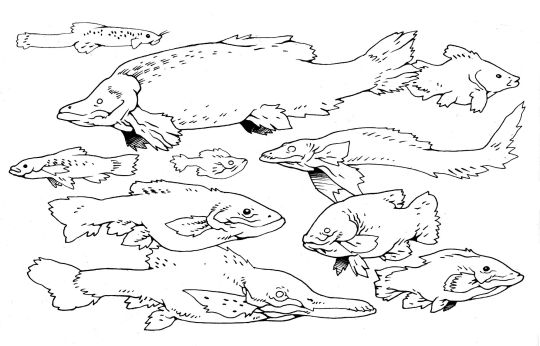
Ray-Finned Fishes
464 notes
·
View notes
Text

THIS TRUMPETFISH IS USING ANOTHER FISH TO HIDE ITSELF WHEN HUNTING
And is working
Many animals use camouflage to avoid detection by others, yet even the most inconspicuous objects become detectable against the background when moving. One way to reduce detection while moving would be to ‘hide’ behind the movements of objects or other animals. Now, researchers have demonstrate experimentally, following field observations, that a trumpetfish (Aulostomus maculatus), a common marine predator, can conceal its approach from its prey by performing a behaviour known as ‘shadowing’, hiding behind, swimming closely next to another, larger and non-predatory fish.
Bicolor damselfish (Stegastes partitus), form highly localised colonies within structures on the reef substrate and exhibit characteristic anti-predatory responses, and are common meal for trumpetfish. Marine researchers working in the coral reefs off Curaçao, set up an underwater system to pull 3D-printed models of trumpetfish and the stoplight parrotfish (Sparisoma viride) being hand-reeled along a clear nylon line from one tripod to another, passing over the colony in the process, which was positioned halfway between the two. When these two 3D printed fishes were together, damselfish were quiet and show low antipredator responses.

-After field observation, marine researchers modeled the ‘shadowing’ behavior.
This is the only known example of a non-human animal using another as a form of concealment. According to researchers, this evidence reveal how predators can actively use another animal as a form of concealment to reduce detection by prey.
Reference (Open Access): Matchette et al., 2023. Predatory trumpetfish conceal themselves from their prey by swimming alongside other fish. Current Biology
VIDEO here
#Aulostomus maculatus#science#marine science#marine biology#biology#actinopterygii#trumpetfish#behavior#Bicolor damselfish
1K notes
·
View notes
Text

Hemingwaya sarissa here was one of the earliest known billfish, related to modern sailfish and marlin. Living during the late Paleocene, about 58 million years ago, it inhabited the area around what is now Turkmenistan, in the warm shallow waters of the western Tethys Sea that covered much of central Asia at the time.
It was rather small compared to its modern relatives, just 30-40cm in length (~1'-1'4"), with a long streamlined body armored with six rows of scutes. Its slender snout was lined with tiny teeth, and both its first dorsal fin and first anal fin were tall and elongated.
It probably wasn't a very active swimmer, instead hovering near the surface and catching smaller prey with quick bursts of speed.
———
NixIllustration.com | Tumblr | Patreon
#science illustration#paleontology#paleoart#palaeoblr#hemingwaya#billfish#xiphioidei#istiophoriformes#actinopterygii#fish#art#the old fish and the sea
229 notes
·
View notes
Note
coelacanth, what are your thoughts on Actinopterygii?

547 notes
·
View notes
Photo

Princess parrotfish (Scarus taeniopterus) terminal phase male off the coast of Cozumel in Mexico
François Libert
1K notes
·
View notes
Text
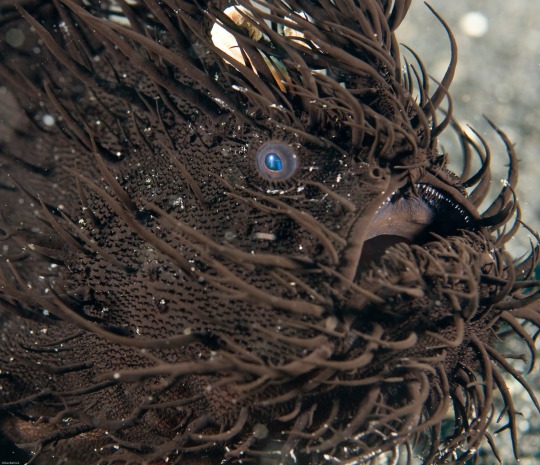
Hairy frogfish (Antennarius striatus)
Photo by Mike Bartick
#hairy frogfish#antennarius striatus#antennarius#antennariinae#antennariidae#antennarioidei#lophiiformes#acanthopterygii#teleostei#actinopterygii#osteichthyes#vertebrata#chordata
2K notes
·
View notes
Text
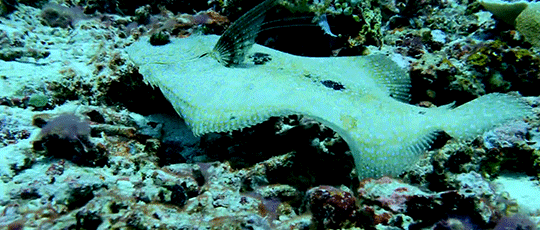
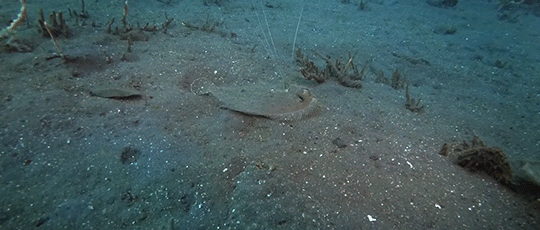
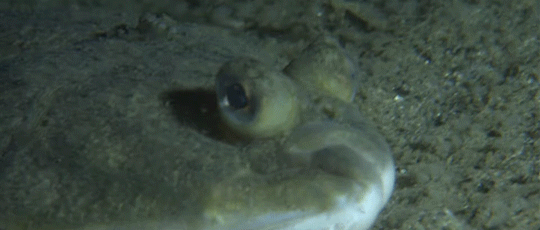

Flounders are demersal fish, meaning they live and feed on or near the bottom of bodies of water. Their distinctive shape is an obvious benefit for this lifestyle.
©Nature Footage
61 notes
·
View notes
Text
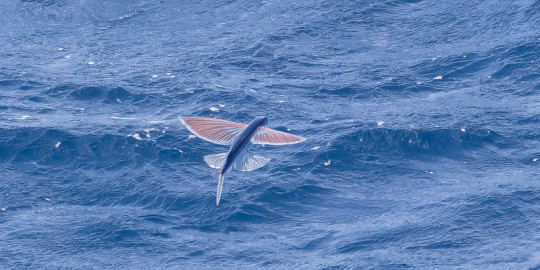
A flying fish (Exocoetidae sp.) takes off near the Cape Verde islands, Africa
by Harold Moses
#flying fish#bony fish#fish#exocoetidae#Beloniformes#actinopterygii#chordata#wildlife: cabo verde#wildlife: africa
463 notes
·
View notes
Text


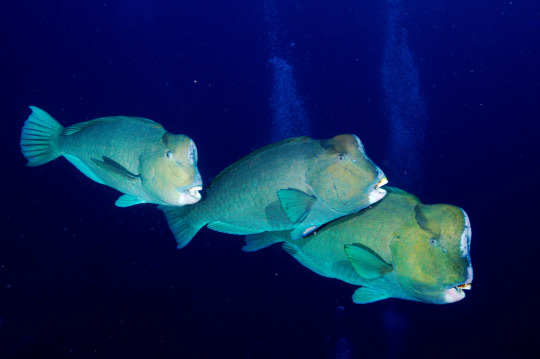
bumphead parrotfish positivity post
478 notes
·
View notes
Text
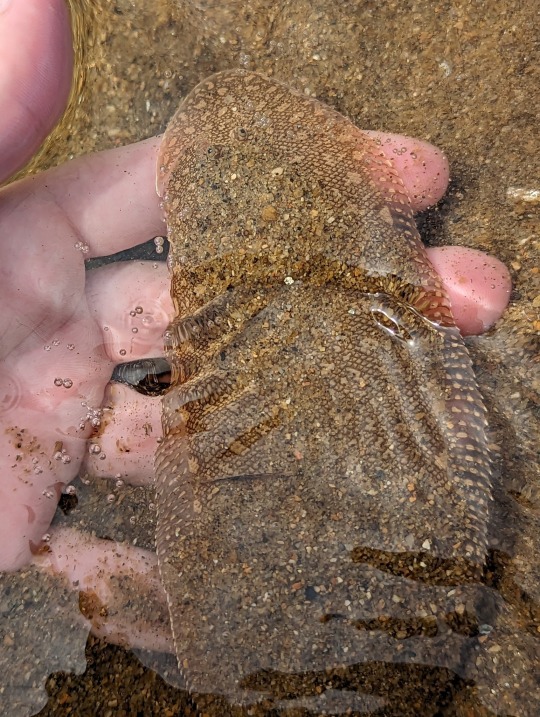


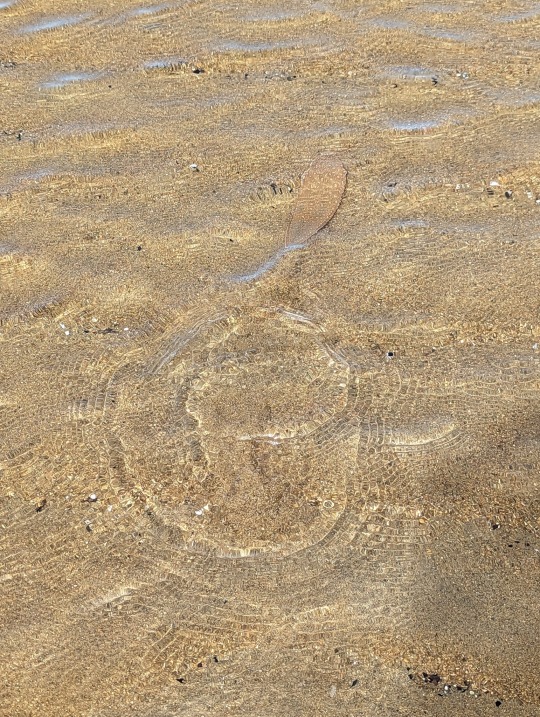
Flatfish found at low tide. Very well hidden, I only found it after I had accidentally stepped on the poor thing.
13/08/23 - Pleuronectoidei sp.
QLD:WET - Flying Fish Point, low tide sandy bay
#Pleuronectoidei#Flatfishes#Carangiformes#Actinopterygii#Ray-finned Fishes#Vertebrata#Vertebrates#Chordata#Chordates#fish#fishblr
52 notes
·
View notes
Photo
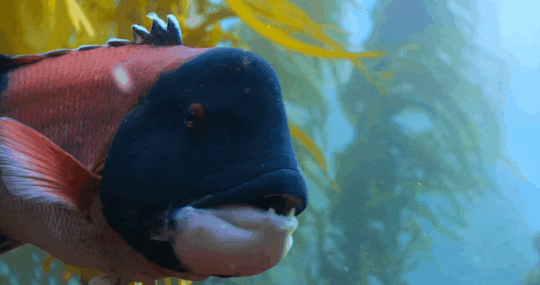
california sheephead (semicossyphus pulcher)
one of the largest members of the wrasse family, the california sheephead is a vital part of kelp forest ecosystems. they prey on shelled creatures, which includes sea urchins, who are kelp grazers. their large teeth allow them to crush through the shells of their prey. they are protogynous fish and often travel in a harem - with one dominant male leading a group of females.
this species is listed as vulnerable on the IUCN red list.
gif creds: our planet (2019)
#zoology#biology#marine biology#ichthyology#osteichthyes#actinopterygii#wrasse#labriformes#labridae#fish#vulnerable species#our planet#california sheephead
197 notes
·
View notes
Photo

Bluestreak cleaner wrasses (Labroides dimidiatus) are fundamental in coral ecosystems, as they remove parasites from fishes, keeping them healthy, and according to a recent study, they may be self-aware as these small fishes can recognize theyself in photos and mirror, an ability usually attributed to humans and large mammals. According to researchers, self-awareness may be more widespread among animals than previously thought.
Cleaner fish, likely recognize their own mirror image using a mental image of the self-face comparable to humans. Mirror-naïve fish frequently attacked photographs of both themselves and strangers. In contrast, after passing the mirror test, aggression against their own photograph and composite photographs of own face/stranger body declined, but aggression remained toward unfamiliar and composite photographs of stranger face/own body. These results suggest that cleaner fish with mirror self-recognition ability can recognize their own mirror image based on a mental image of their own face, rather than by comparing body movements in the mirror
Photo: Faces of Cleaner fish, Kohda et al., 2023.
Reference (Open Access) Kohda et al., 2023. Cleaner fish recognize self in a mirror via self-face recognition like humans. Proceedings of the National Academy of Sciences
#Labroides dimidiatus#Labroides#Bluestreak cleaner wrasses#clean fish#self-awareness#science#sciblr#scienceblr#marine biology#biology#animals#fishes#actinopterygii
198 notes
·
View notes
Text

Ellimmichthyiformes were a group of ray-finned fish known from the early Cretaceous to the mid-Oligocene, about 140-30 million years ago. For much of that time they were quite widespread, found in various marine, estuarine, and freshwater environments across Africa, Eurasia, and the Americas.
Closely related to modern clupeiformes (herrings, sardines, and anchovies), and characterized by two rows of bony scutes – one in front of the dorsal fin and the other along the belly – they're also known by the nickname "double‐armored herrings".
Rhombichthys intoccabilis was a rather unusual-looking ellimmichthyiform from the mid-Cretaceous, around 95 million years ago. Living in shallow reef and lagoon waters covering what is now the West Bank in the Middle East, it was about 20cm long (~8") and had a tall narrow dorsal fin along with incredibly elongated belly scutes that gave its body a rhombus-like profile.
Juveniles of this species seem to have lacked the extended belly scutes, instead having a much more rounded body shape. This may indicate that adults and juveniles occupied very different ecological roles, or that the distinctive scutes might have been a secondary sexual characteristic involved in displaying for courtship and reproduction.
———
NixIllustration.com | Tumblr | Twitter | Patreon
#science illustration#paleontology#paleoart#palaeoblr#rhombichthys#paraclupeidae#ellimmichthyiformes#double-armored herring#actinopterygii#fish#art#what are you even doing rhombichthys
766 notes
·
View notes